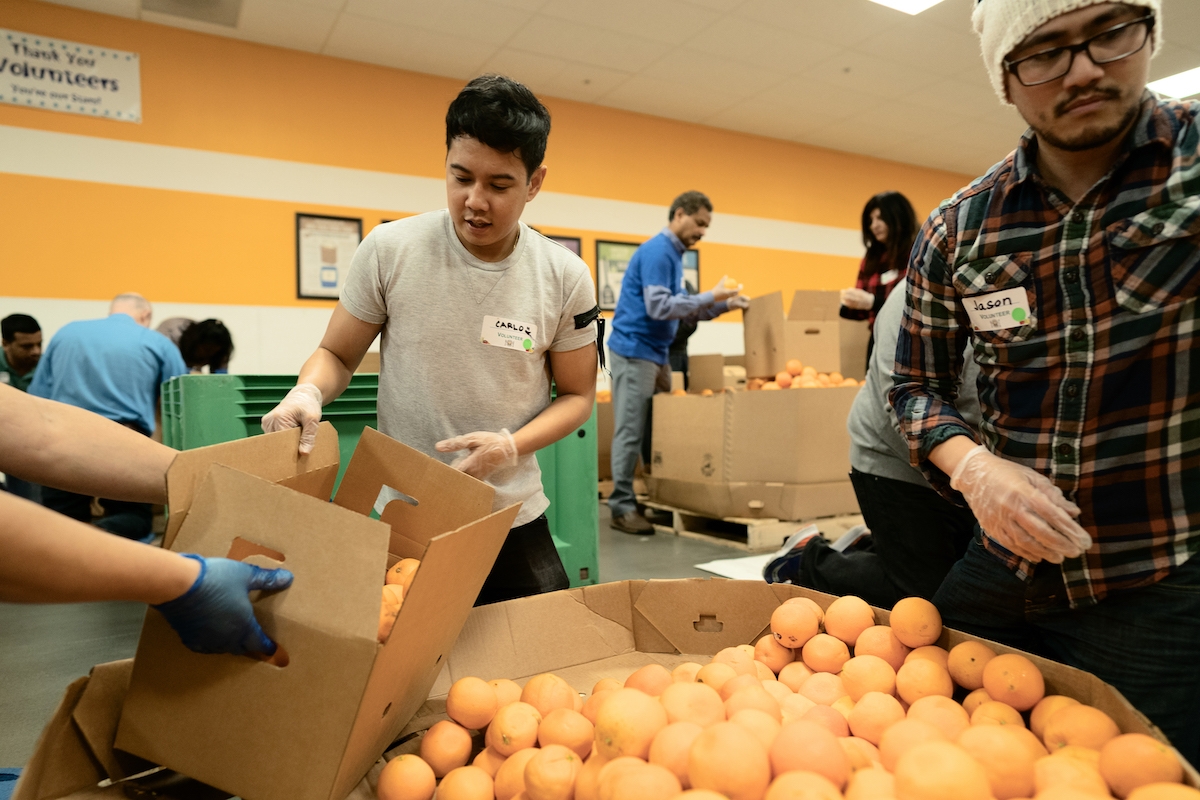Can Apple avoid this memory supply chain calamity?

Turns out you can contaminate memory as well as fruit
One door opens, another closes. We don’t get much done on a Mac, iPhone, iPad, Apple TV, or even on an Apple Watch without it. In the days before the M1 Macs we all wanted more of it. And one big Apple component supplier has just lost an eye-watering amount of it.
I’m talking about memory. And we’ve just seen a supply chain disaster.
Contamination in Japan
The reports began emerging on the night of 10 February 2022, when we began hearing whispers that a truly vast amount of SSD memory had become contaminated at Western Digital and Kioxia’s NAND production factories. The problem apparently dates to January, when contaminated materials somehow entered the manufacturing chain.
The amount of damage that has taken place is vast.
Western Digital says it has lost 6.5 exabytes of BiCS 3D NAND flash storage as a result. An exabyte is one billion gigabytes, so that’s effectively all the memory you’d need to put inside 812 million units of the Mac mini I’m writing this on. Just 340 million PCs sold in 2021.
Western Digital: “Western Digital’s current assessment of the impact is a reduction of its flash availability of at least 6.5 exabytes. The company is working closely with its joint venture partner, Kioxia, to implement necessary measures that will restore the facilities to normal operational status as quickly as possible.”
A big chunk of supply got taken out
The two firms together product around 30% of the world’s total supply of this memory. Mostly, this is used in storage drives for PCs (Western Digital makes them, see), but iFixit claims Kioxia SSDs are used in some current Apple products.
It seems slightly ironic that Kioxia this week celebrated the 35th anniversary of NAND Flash memory, including a series of videos showing what life would be like without the component.
“Flash memory is a game-changer that continues to stand the test of time,” said Scott Nelson, senior vice president and chief marketing officer for KIOXIA America, Inc. “Imagine what’s to come – will the vision of smart cities be realized? Will truly autonomous cars take us from place to place. Whatever the future holds, KIOXIA will continue to lead the way forward, investing in and evolving the technology that makes storage densities higher and costs lower. The sky is the limit for flash memory, and the next wave of applications that will further enrich our lives is just around the corner. In some ways, we’re just getting started.”
What about Apple?
We can’t be certain Apple will be impacted by this problem. It is possible the company has already been able to secure additional sources of memory.
There is little doubt most producers would jump at the chance to grab the company’s business – but there’s also little doubt that when such a big chunk of manufacturing capacity has been wiped out, prices for this memory will inevitably climb. (Trendforce predicts up to 10% increase in price). It feels inevitable that Apple will pass some of this along to consumers – particularly as new products reach market.
We do know that Apple is capable of handling supply chain crises of this kind. It has been doing so since the pandemic struck. The company will probably handle this hiccup just as well. Though it is interesting to speculate how such a large chunk of manufacturing capacity got wiped out, and what was behind this mishap.
Apple is expected to introduce new Macs, the iPhone SE 3, iPads and potentially AirPods in a few weeks’ time. It’s possible the price points Apple reveals for these products will be impacted by this component emergency, assuming inflation doesn’t force them up first.
Please follow me on Twitter, or join me in the AppleHolic’s bar & grill and Apple Discussions groups on MeWe.




